America’s first museum dedicated to modern art, The Phillips Collection in Washington, D.C., continues to fulfill founder Duncan Phillips’s vision in 1921 for “an intimate museum combined with an experiment station.” A collection that began with 237 artworks has expanded to almost 6,000, but some things remain constant as the museum evolves for its next hundred years. The Phillips continues to purchase art by living artists, support local artists, and help people discover beauty and inspiration in art. In a city of mega-museums, its small-scale spaces, filled with changing works from its permanent collection and well-curated special exhibitions, offer a unique experience treasured by locals and visitors.
From the museum’s entrance vestibule to its galleries, the spirit of the Phillips is apparent. One of the museum’s Centennial Commissions is State of the Union: Things have fallen apart, can the center still hold?, a wraparound mural in adhesive vinyl by D.C.-based artist Victor Ekpuk, that considers the nation’s divisions by employing a version of Nsibidi, the ancient Nigerian communication system. Behind the museum’s staircase, a digital artwork by Madrid-based Daniel Canogar called Amalgama Phillips (on view through January 30), part of the Phillips’s Digital Intersections project, liquefies 550 images of art from the museum in a changing display. One centennial exhibition on view through January 23 is Everything is Beautiful, a major retrospective of the art and life of pioneering D.C. icon Alma W. Thomas, who at 81 became of first Black woman to have a solo show at the Whitney Museum of American Art. Organized by the Columbus Museum and the Chrysler Museum of Art, this colorful, expansive show is a great example of the brilliant changing exhibitions the Phillips has hosted or organized.
As a culmination of its 100th anniversary events, in 2022 the Phillips Collection will present Picasso: Painting the Blue Period (February 26–June 12, 2022), co-organized with the Art Gallery of Ontario. This special exhibition examines the artist’s early creative process from 1900 to 1904 using new art historical and scientific research on three works owned by the co-organizers. It includes more than 70 artworks by Picasso and other artists of the period.
This vibrant museum was born, in part, out of grief. Duncan Phillips (1886–1966), the son of a wealthy businessman, became deeply interested in art and art criticism in college. He and his brother, James, asked their father for money to buy contemporary American art. Tragedy struck in 1917, when their father died suddenly; and in 1918, when James Phillips died during the global flu pandemic. Art became a healing force for Duncan Phillips, who wrote: “I turned to my love of painting for the will to live.” In 1921, an addition on the second floor of the family’s 1897 home in Dupont Circle opened as the original museum. Phillips married painter Marjorie Acker in 1921, and together they purchased almost 2,500 artworks before Phillips died in 1966. The approach Phillips took to collecting and displaying European and American modern and contemporary art was novel at the time: he displayed artworks of different styles and eras together to inspire “visual conversations,” a practice continued today.
Exploring the Galleries
Phillips had an astonishing eye for artistic talent, and the Phillips Collection was the first museum to purchase works by a remarkable number of American and European artists. They include Pierre Bonnard, Georges Braque, Stuart Davis, Man Ray, Jacob Lawrence (Phillips and MoMA acquired The Migration Series), John Marin, Grandma Moses, Georgia O’Keeffe, Rufino Tamayo, and Edouard Vuillard, among others. Over the decades, the museum’s directors and curators have continued the mission and also expanded the building, adding the modernist Goh annex and the Sant Building (with an auditorium and expanded library) to galleries in the original family home. Since 2008, director Dorothy Kosinski, who will retire by the end of 2022, has diversified the museum’s holdings and exhibitions with more contemporary art and works by people of color and women.
Galleries in the original house generally hold works from the permanent collection, though displays change. The oak-paneled Music Room currently holds one of the museum’s most famous and beloved works, Luncheon of the Boating Party by Renoir; it’s the perfect antidote to these pandemic times. Nearby are Degas’s Dancers at the Barre, which Phillips admired for its monumentality, and Braque’s The Round Table. In other rooms, viewers can study paintings by artists including Van Gogh, Matisse, Modigliani, Edward Hopper, and Robert Motherwell. Works by Georgia O’Keeffe and Helen Frankenthaler adorn walls and staircases.
Not to be missed are 30 panels of The Migration Series, with captions and paintings by the Black artist Jacob Lawrence, which tell the story of the migration of millions of African Americans from southern states to the North in search of jobs and freedom in the early decades of the 20th century. Flattened forms and strong contrasts of color, along with the terse, understated captions, create a powerful narrative. Completed in 1941, the panels were acquired by the Phillips Collection and New York’s Museum of Modern Art; each institution owns 30 of the 60 panels.
A small room in an addition to the museum holds the Rothko Room, with four luminous paintings by abstract expressionist Mark Rothko. This serene, contemplative room, originally opened in 1961, was the first space dedicated to the artist’s work in an American museum. Rothko himself suggested the room’s wooden bench.
Connecting with the Community
In a message on The Phillips Collection’s 100th birthday in November 2021, Director and CEO Dorothy Kosinski noted that “From 1921 to 2021, we have championed the power of museums to educate and build communities.” Even during the ongoing pandemic, the museum has created over 200 free virtual programs.
Duncan Phillips believed that the experiences of art and music were connected. Since 1941, the museum has presented the Sunday Concerts series (which take place Thursdays and Sundays) in the Music Room of the original house; beginning with the current season, the concerts will also be livestreamed. The chamber music concerts continue to feature promising musicians as well as established ones, and traditional and new music. During the 2021–2022 season, performances will feature a number of special Centennial Commissions.
Phillips@THEARC, a gallery and workshop at the Town Hall Education Arts Recreation Campus in southeast Washington (currently closed due to the pandemic), opened in 2018. Created in collaboration with the local community, Phillips@THEARC includes community art exhibits—on view at the museum, THEARC, and online—produced with partner organizations. Programs also include hands-on workshops led by artists and art and wellness programs. At the Dupont Circle location, for more than 30 years the Phillips has presented an annual staff show of works by artists employed at the museum.
The Phillips also works with students and educational institutions at all levels and provides lesson plans and professional development opportunities for teachers. School tours are not available due to Covid health concerns, but prerecorded and live virtual tours for grades pre-K through 12 are an option. Art Links is a multi-visit school program in which Phillips educators connect with teachers in selected D.C. public and charter schools to develop arts-related instruction.
Side Dish
Just minutes from the Phillips, cheerful, bustling Bistrot du Coin has been a Dupont Circle favorite since 2000, serving reasonably priced French favorites from cassoulet to steamed mussels for dinner. The new-in-2020 Annabelle, in Kalorama but close to Dupont Circle, is a sleek, sophisticated dinner choice for Modern American cuisine that is particularly strong in fish and seafood choices; the chocolate pecan pavé makes a delicious dessert. A stop at longtime outpost Firehook Bakery is perfect for coffee and a pastry or light bite; it’s a couple of blocks from the Phillips.
Linda Cabasin is a travel editor and writer who covered the globe at Fodor’s before taking up the freelance life. She’s a contributing editor at Fathom. Follow her on Instagram and Twitter at @lcabasin

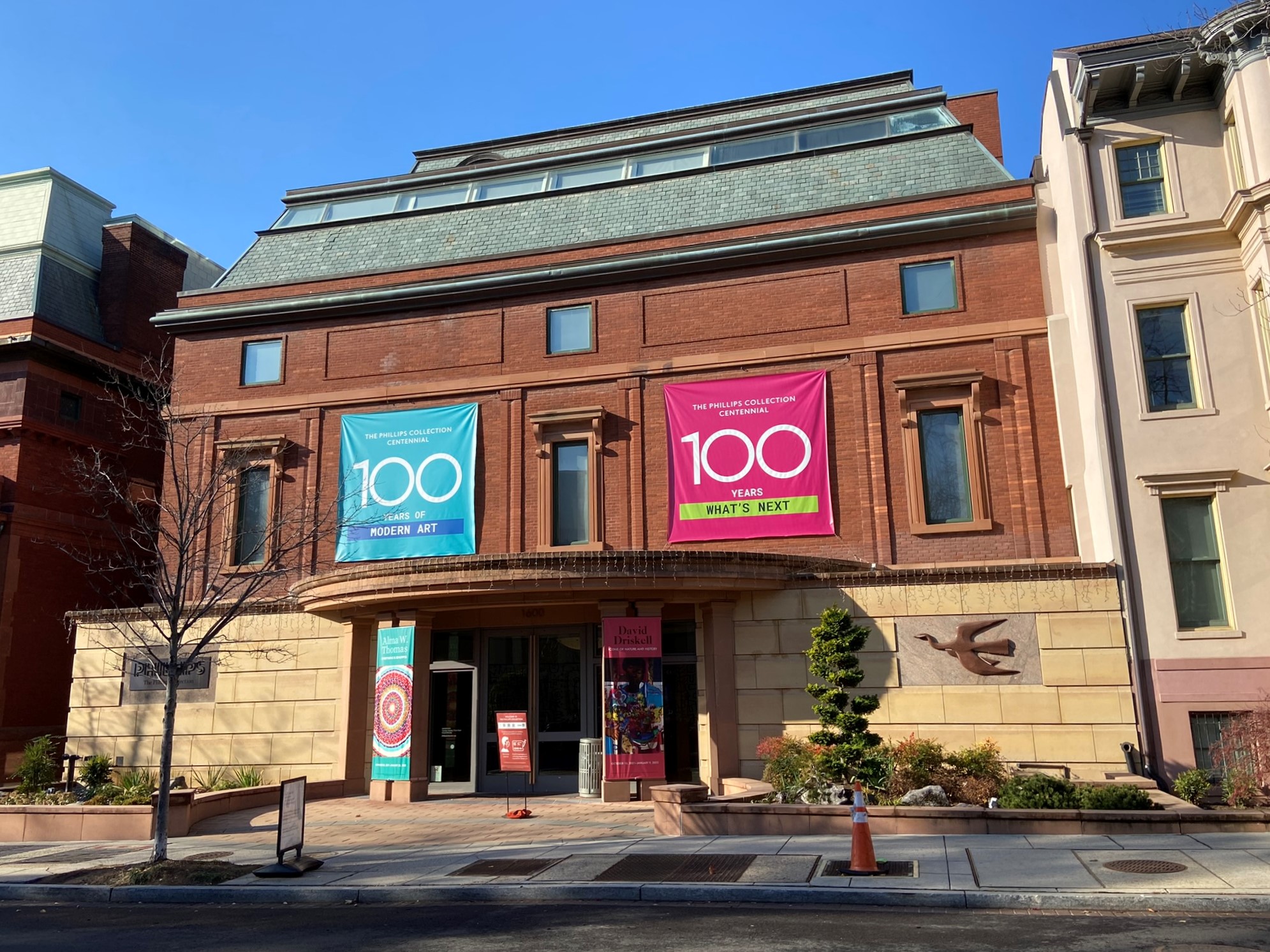
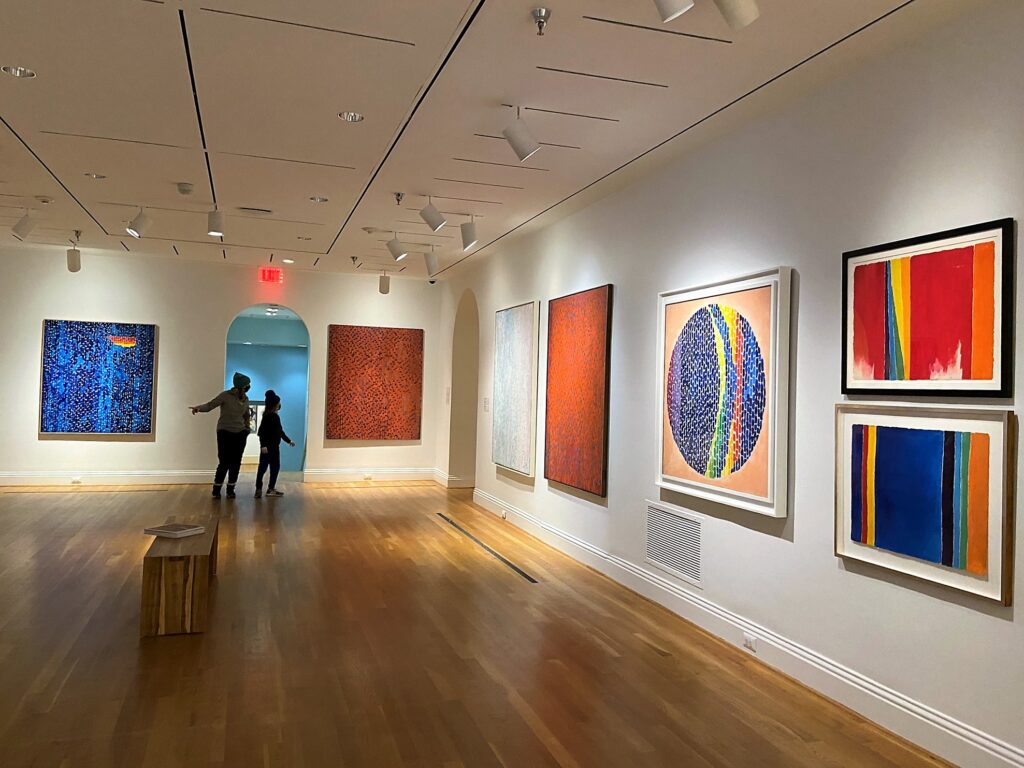
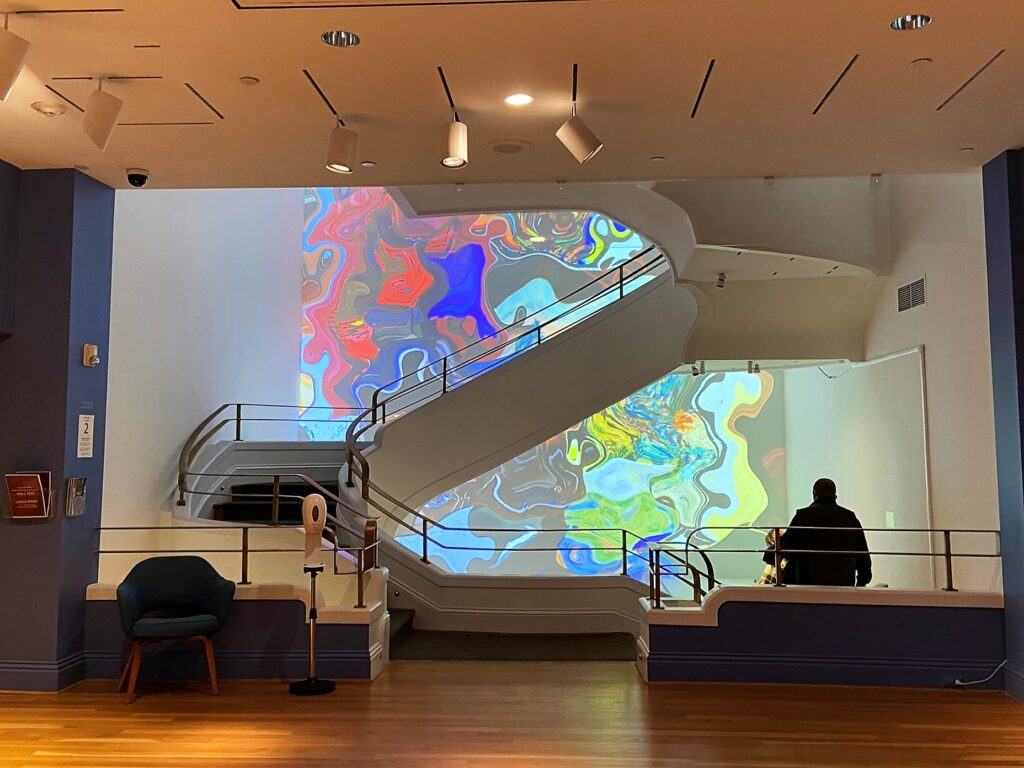
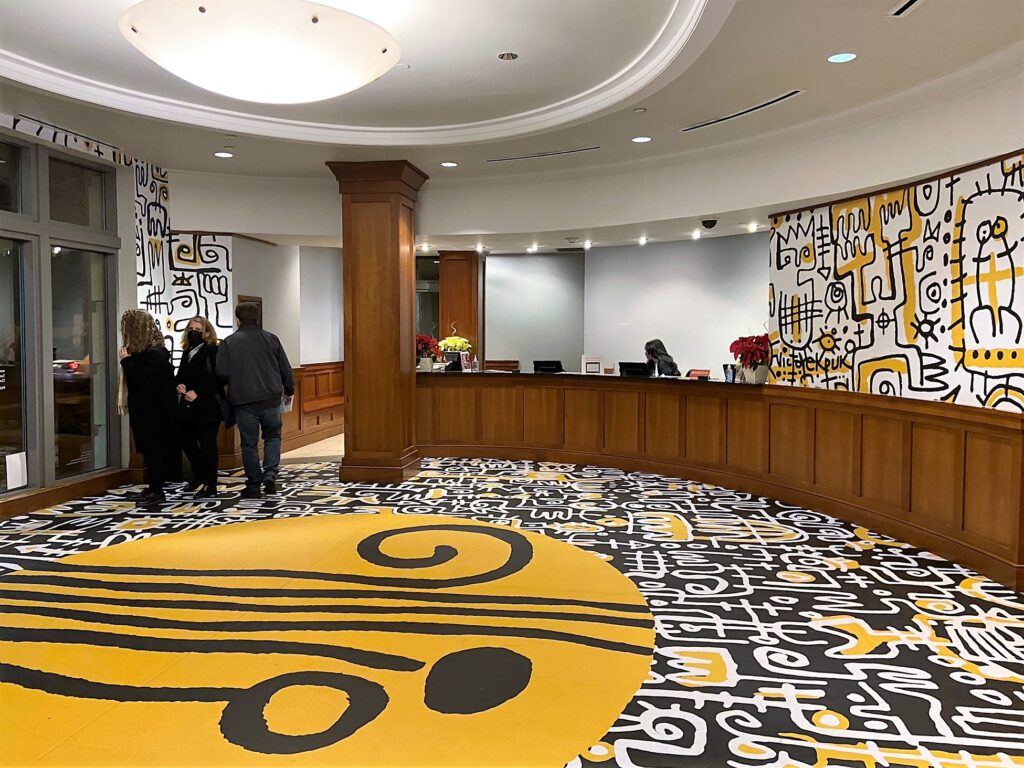
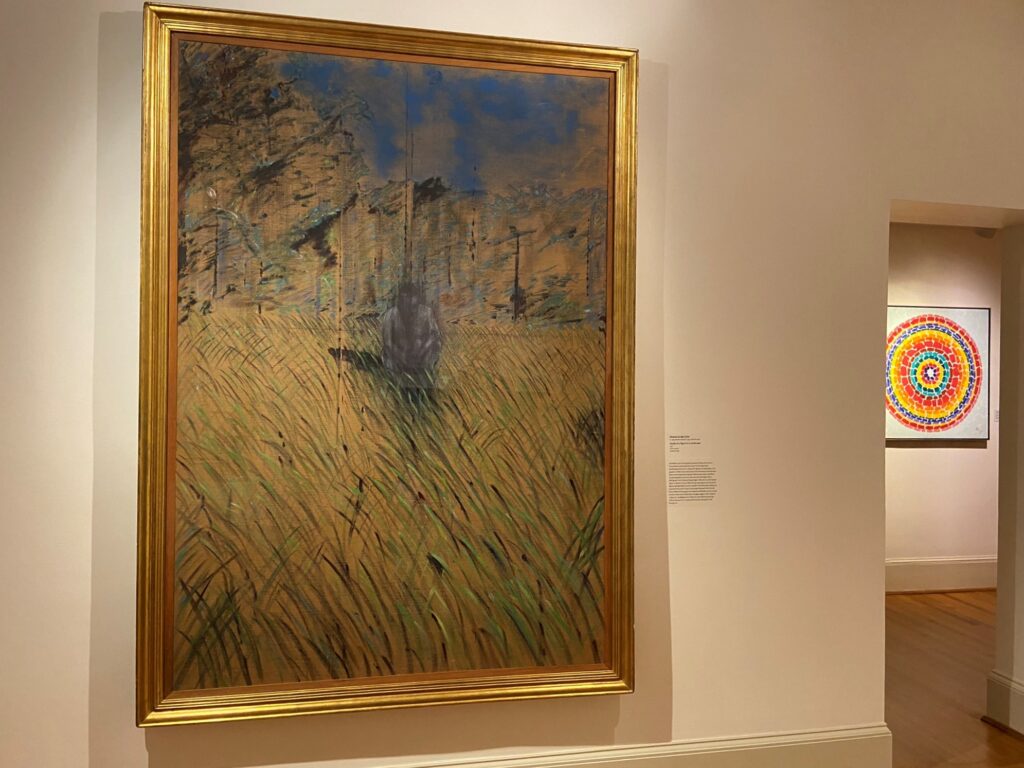
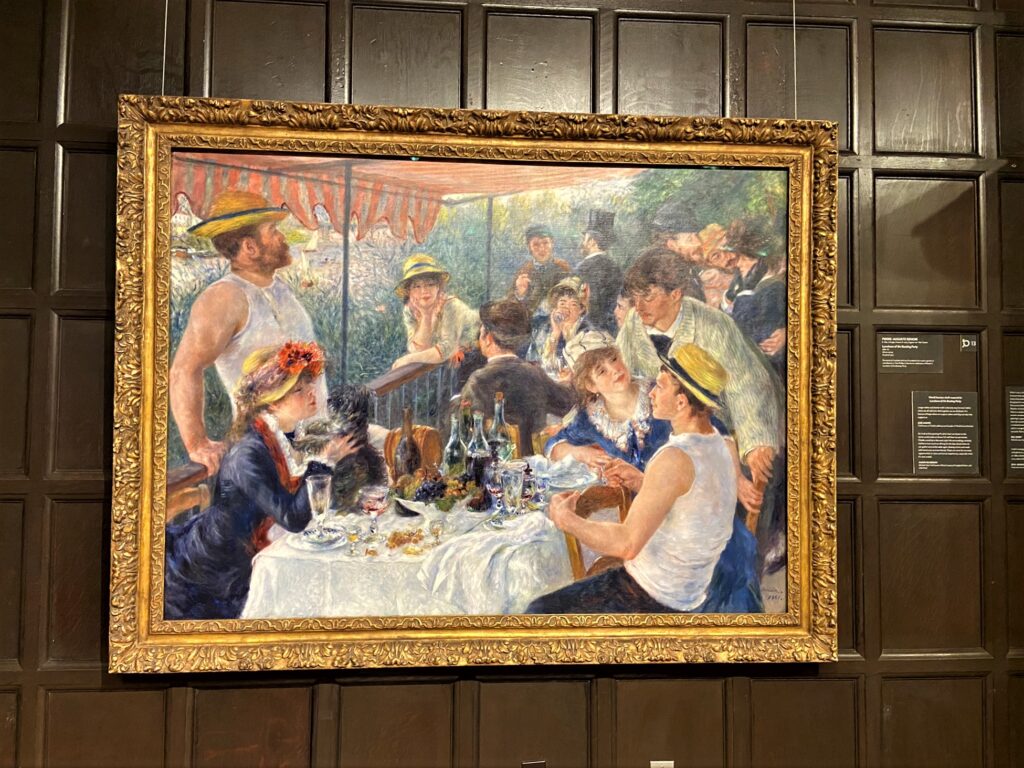
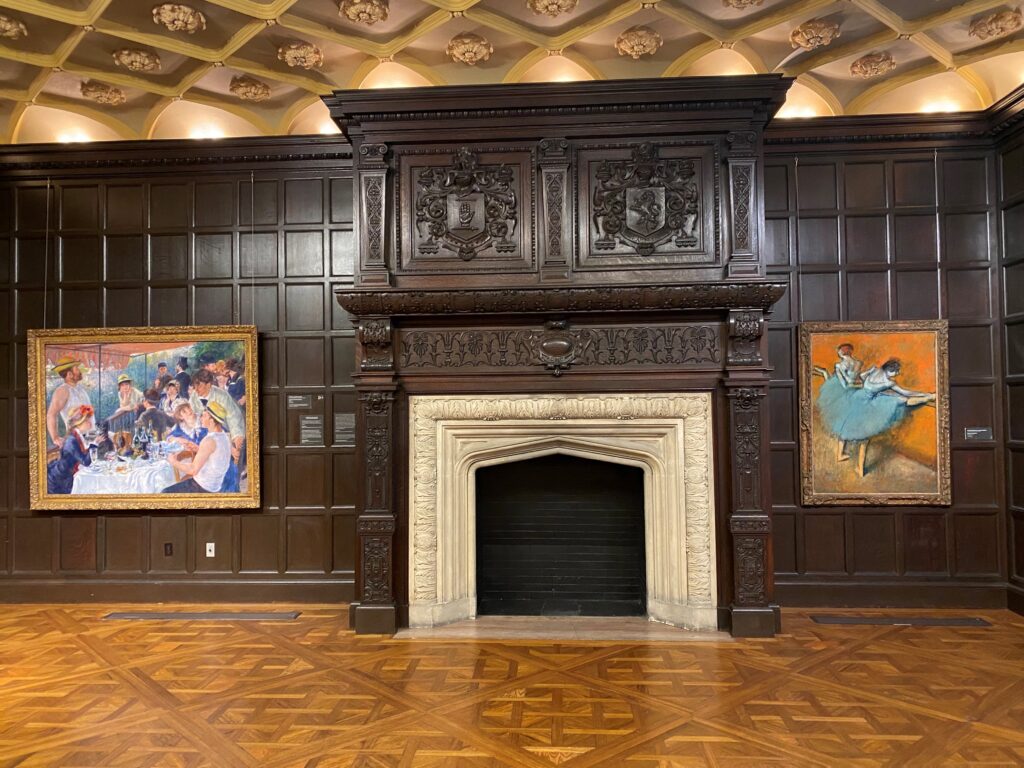
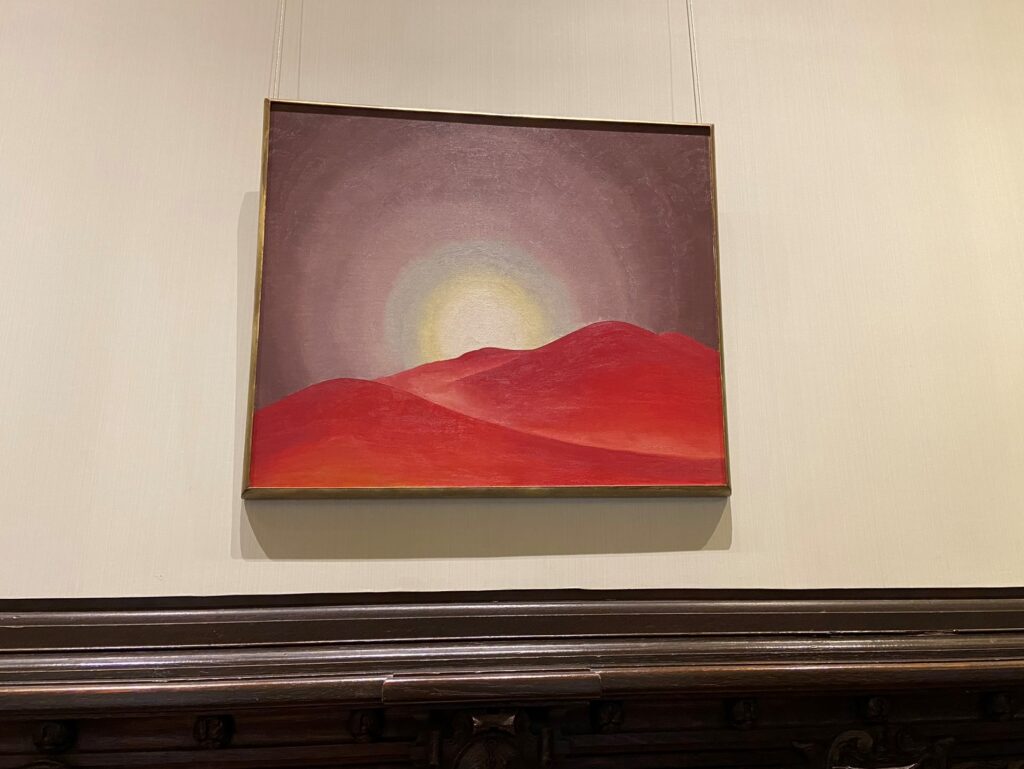
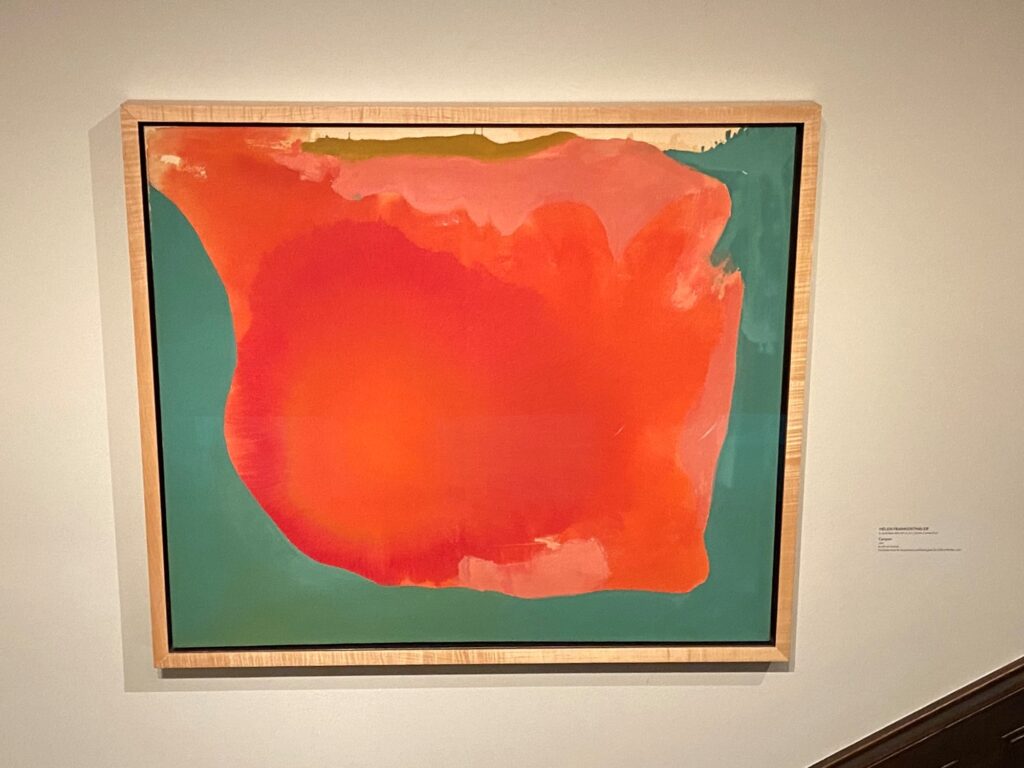
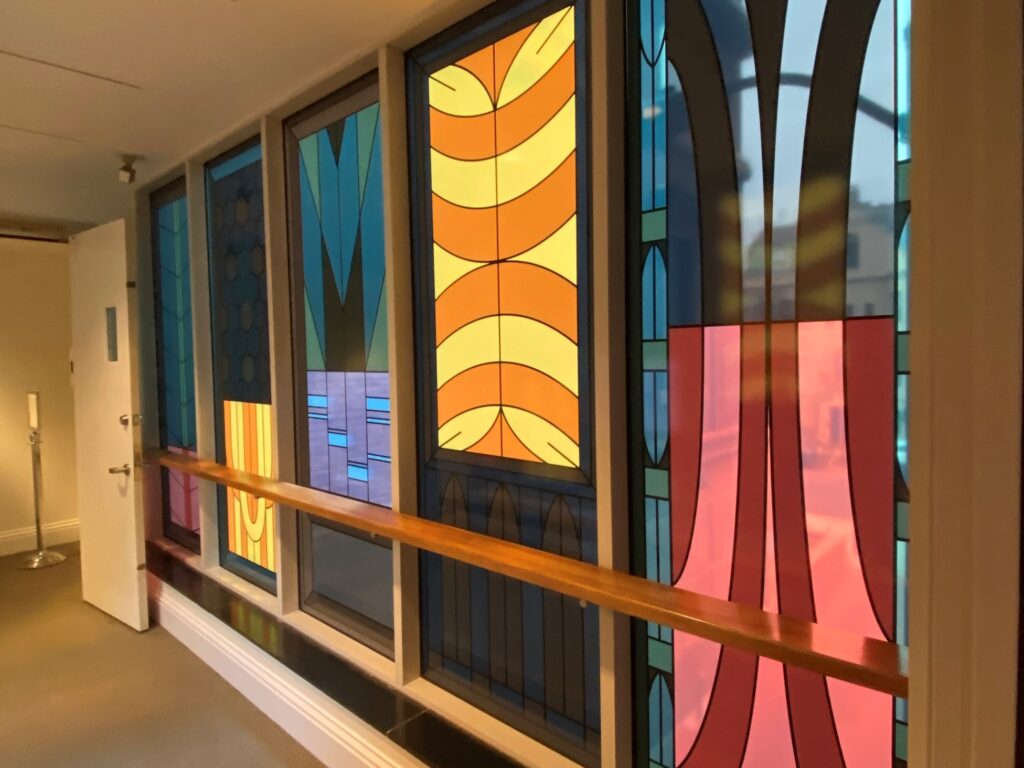
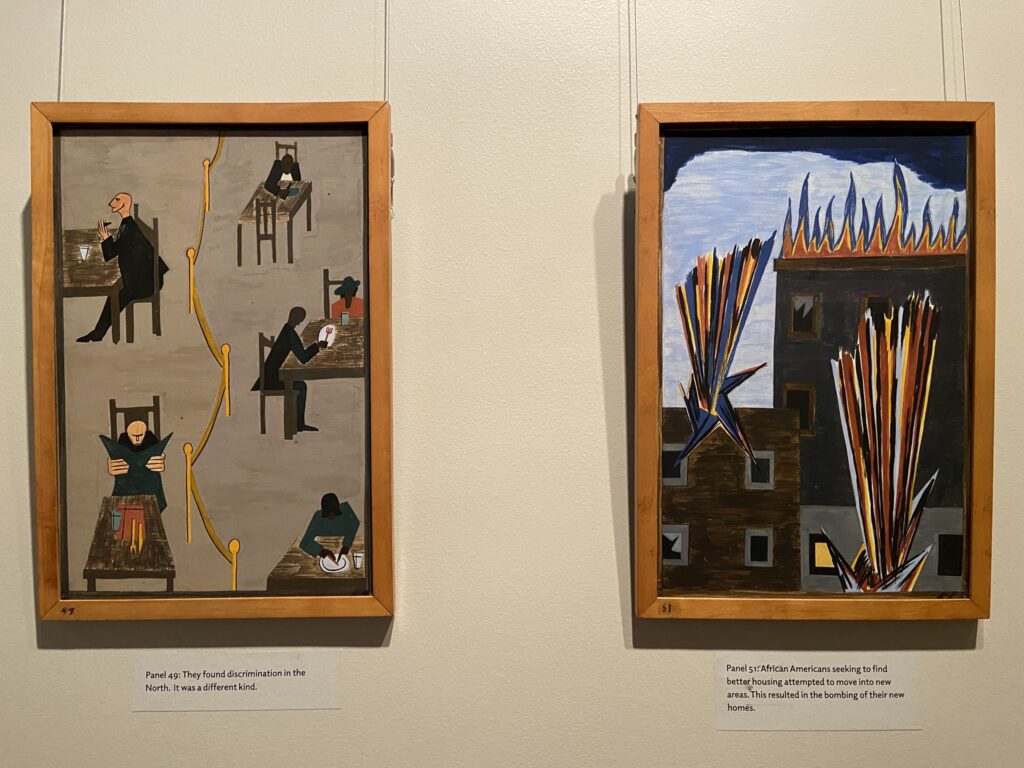
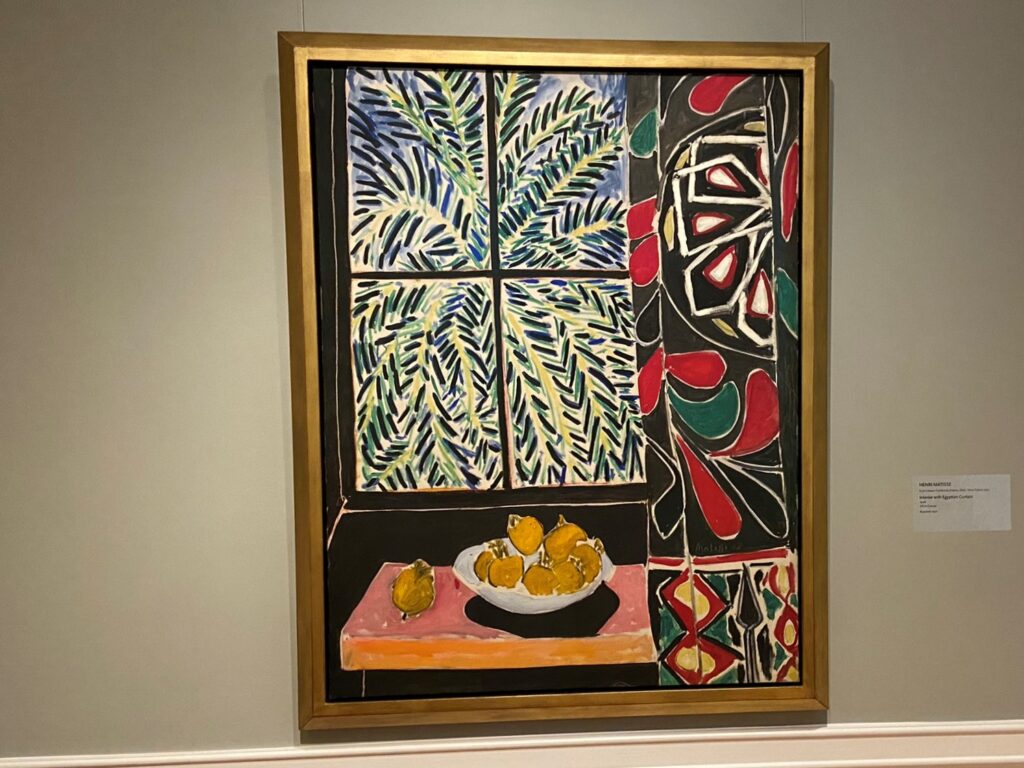
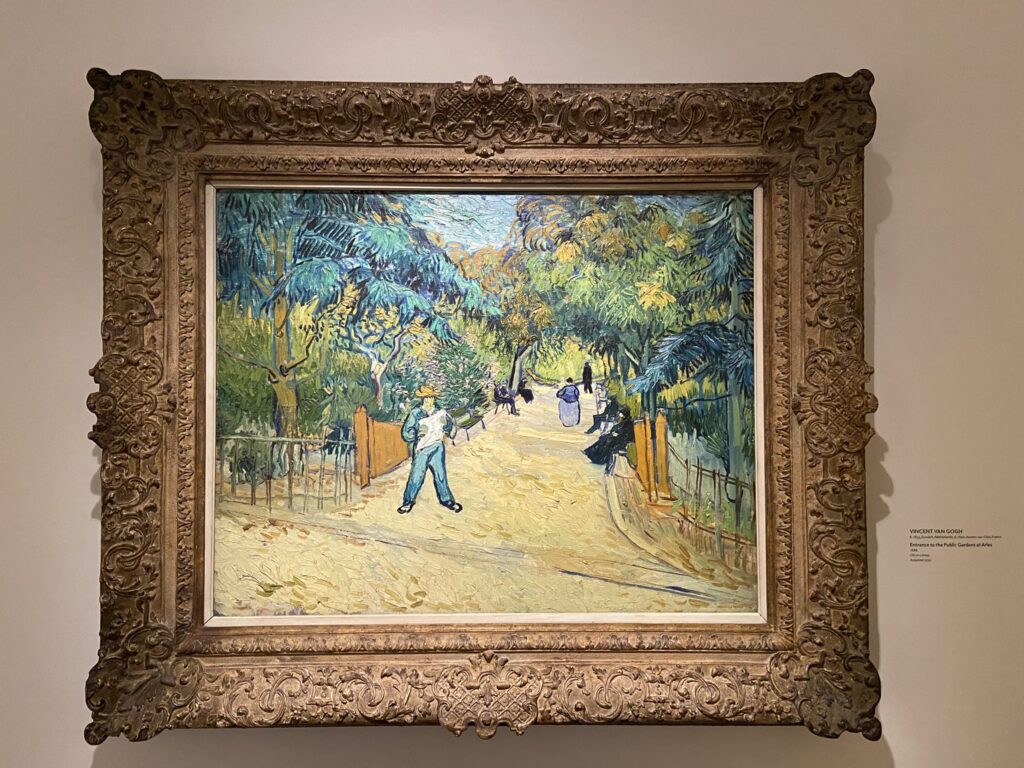
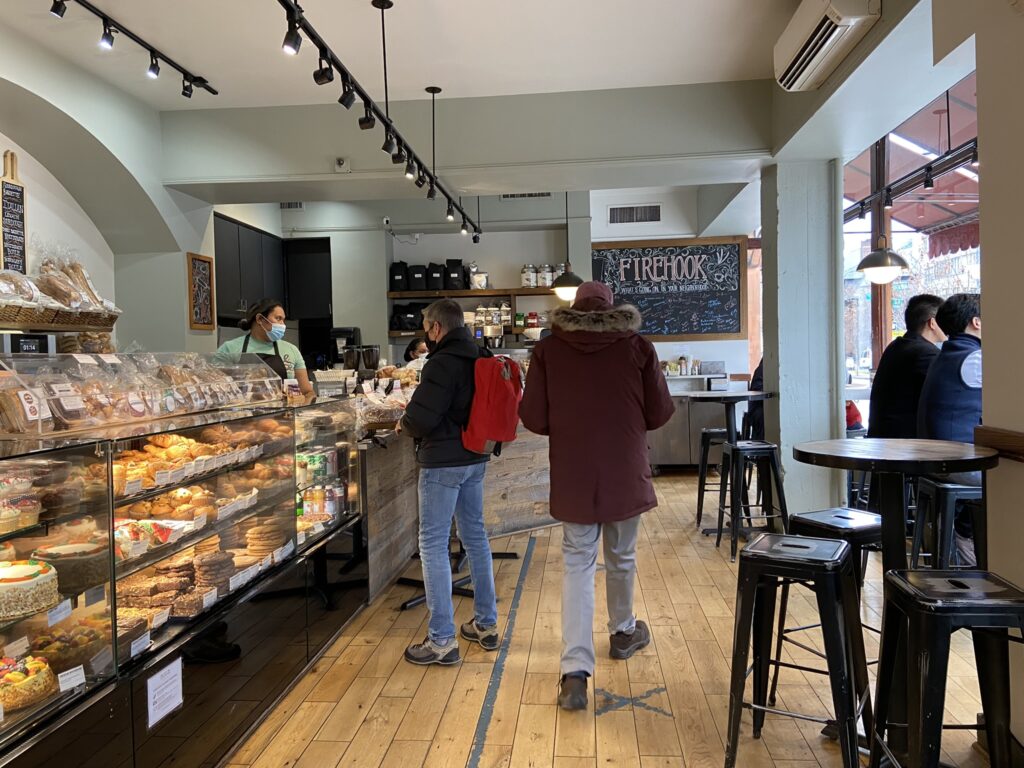
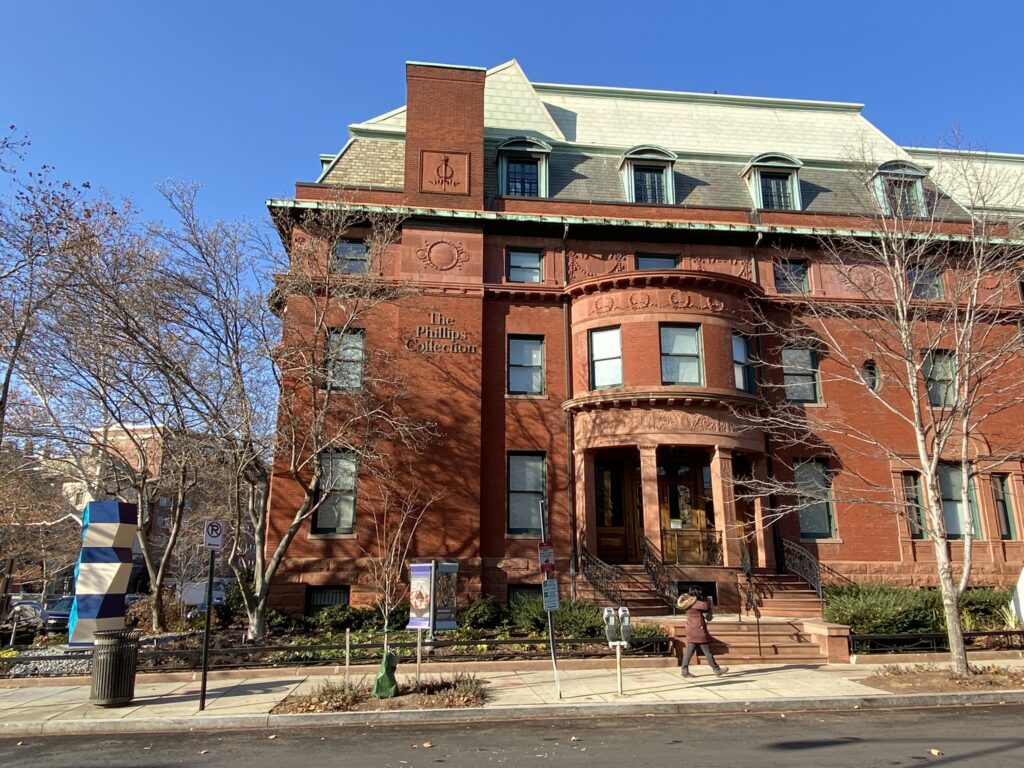
Great piece!
Thank you!
Thanks, Ben! It has such a special place (and a special history) in the DC community, and I love to see the Phillips moving forward.